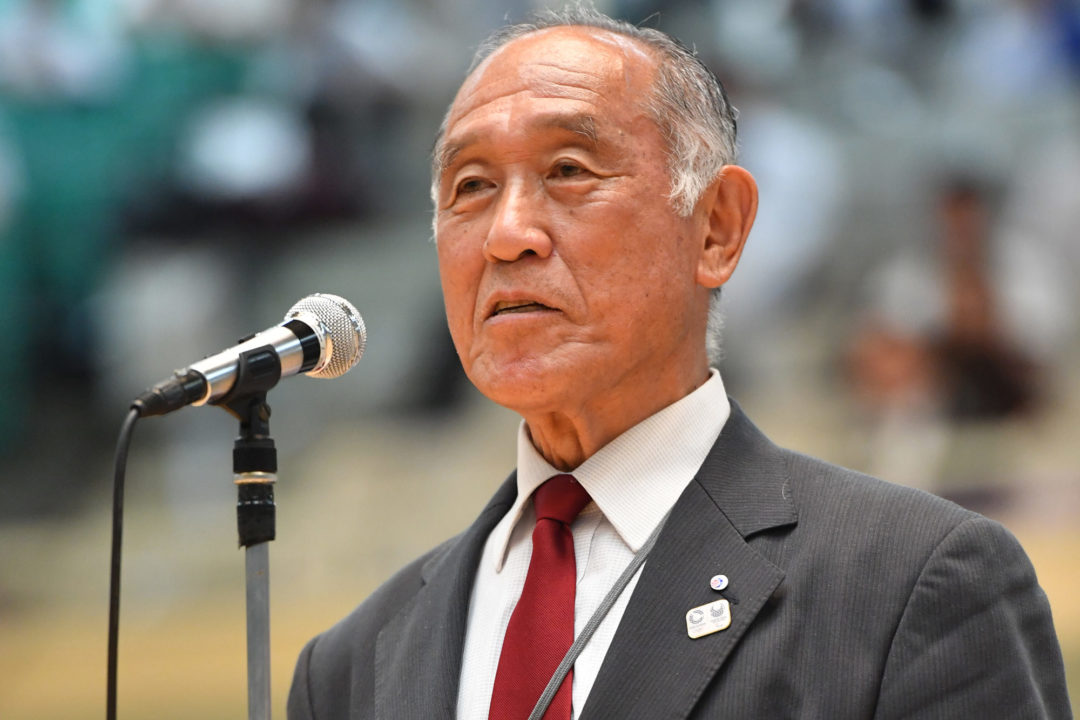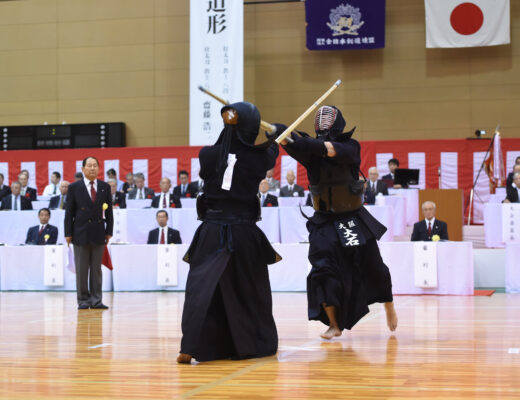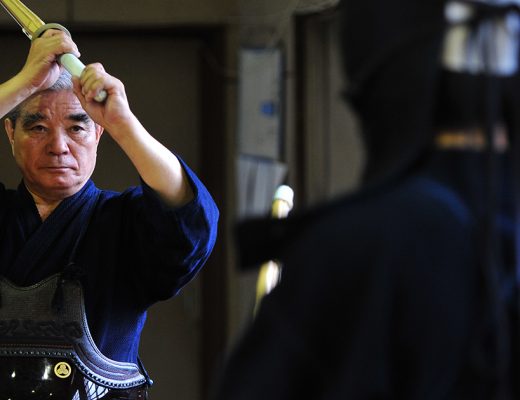2018.9 KENDOJIDAI
The key difference between passing and failing an examination lies in preparation. Preparation consists of four stages: planning, execution, evaluation, and improvement.
Based on the experiences of those who have passed the exam, we will discuss what you should pay attention to in each of these areas.
Sato Nariaki, 8th Dan Hanshi
Born in Tochigi Prefecture in 1938, 80 years old. After graduating from Utsunomiya High School, he went on to Tokyo University of Education, where he majored in physical education, and then to the Graduate School of Education. After working as an assistant professor at Komazawa University, he became an instructor at his alma mater, Tokyo University of Education, before retiring as a professor at Tsukuba University in 2002. He has participated in the All Japan Championships, the World Championships, the National Athletic Meet, the National Teachers’ Championship, and the All Japan East-West Tournament. He is currently a professor emeritus at Tsukuba University. Acting President of the All Japan Student Kendo Federation.
Maintain a high esteem of Kendo
For the correct transmission of Kendo as a traditional culture
Dan examinations are one of the most important concerns for those who practice Kendo, especially those who are aiming for a high Dan rank. The All Japan Kendo Federation (AJKF) has established the “Principles of Kendo”, “Mindset of Kendo Training” and “Mindset of Kendo Teaching” as guidelines for the future of Kendo, in order to ensure the correct transmission and development of Kendo, an athletic culture nurtured by Japanese history and tradition.
Kendo examinations are conducted in accordance with these guidelines in order to ensure the correct transmission of Kendo as a traditional culture. The results of the training that the examinee has been doing for each purpose and in each way are compared to the All Japan Kendo Federation’s “Examination Rules and Detailed Regulations”, Article 3 (Criteria for Grading). The judges evaluate the level of mastery of the Kendo techniques during a short performance (including, of course, the unseen internal and psychological techniques that drive the technical expression) and the character of the examinee, and give him/her an aim for the next stage of training.
The aims of Kendo training: Acquiring practical Kendo skills in a rational manner
Although there are many different goals and objectives that a practitioner may seek, the ideal is to acquire the practical skills of Kendo in a rational manner, based on the goals and objectives stated in the “Principles of Kendo”, “Mindset of Kendo Training”, and “Mindset of Kendo Instruction” established by the All Japan Kendo Federation. Here, I will discuss some of the specific items in “Aims of Kendo Training”.
(1) To ensure that Kendo, a traditional and unique culture of Japan, is properly understood and passed on to future generations
In particular, as the internationalization of all cultures continues to progress (true internationalization means correctly understanding and recognizing the cultures of different peoples and nations), Kendo practitioners in Japan, as the origin of Kendo, need to make a conscious effort to learn and deepen their understanding of Japanese history, tradition and culture. In addition, it is necessary to learn the correct Japanese language to convey this information.
(2) Learn basic movements and improve duelling skills
Kendo techniques are based on a system that cannot be mastered without learning the basics. It is necessary to learn the basic movements of Kendo correctly and to improve the duelling skills through training. The aim is to improve the correct basic movements and interpersonal skills.
(3) To understand the meaning of “Rei” (courtesy) correctly and to learn “Reiho” (etiquette)
Kendo is an athletic culture that is only possible with a teacher and opponent, and it is important to recognize the significance of Rei (respect for one’s teacher and opponent) and to practise Reiho correctly. It is important to recognize the significance of Rei, such as respecting one’s teacher and partner, and to practice Rei correctly. It is important to be heartfelt. It is also important to be able to practice proper etiquette not only in the Dojo but also in daily life outside the Dojo.
(4) To establish oneself
Through the practice of Kendo, we aim to cultivate vigorous spirit, self-discipline, concentration, perseverance, accurate judgment, and decision-making ability, as well as to cultivate an attitude of sincerity and seriousness in dealing with things on one’s own responsibility, without succumbing to difficulties, and to establish oneself in order to live strongly in society.
(5) To develop socially desirable attitudes
The aim is to develop respect for one’s teacher and training partner, to build trustworthy human relationships through constant practice, and to cultivate socially desirable attitudes such as courtesy, loyalty, humility, courage, sincerity, responsibility, cooperation, respect, compassion, and service.
(6) Cultivate a lifelong interest in Kendo and an attitude of leading a cheerful and enriched life
Kendo is an exercise that can be enjoyed for a long time regardless of age or gender, and the aim is to develop an attitude to lead a cheerful and enriched life through kendo so that it can be continued throughout life and seen as something attractive.
(7) To maintain and improve health and physical fitness
The aim is to maintain and improve one’s health and physical fitness by taking into consideration one’s age, gender, physical strength, and lifestyle, and continuing to train accordingly.
(8) To improve attitudes toward safety
Safety is an important aspect of modern Kendo training. The aim is to raise awareness of self-defense and improve attitudes toward safety, including prevention of injury, strict observance of prohibited equipment, and safety management of equipment and Dojo.
8 Points of focus: What is required in the practical examination
The rest of this article is only available for Kendo Jidai International subscribers!





